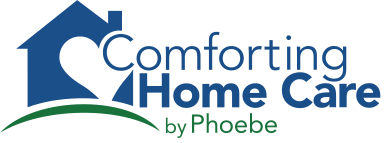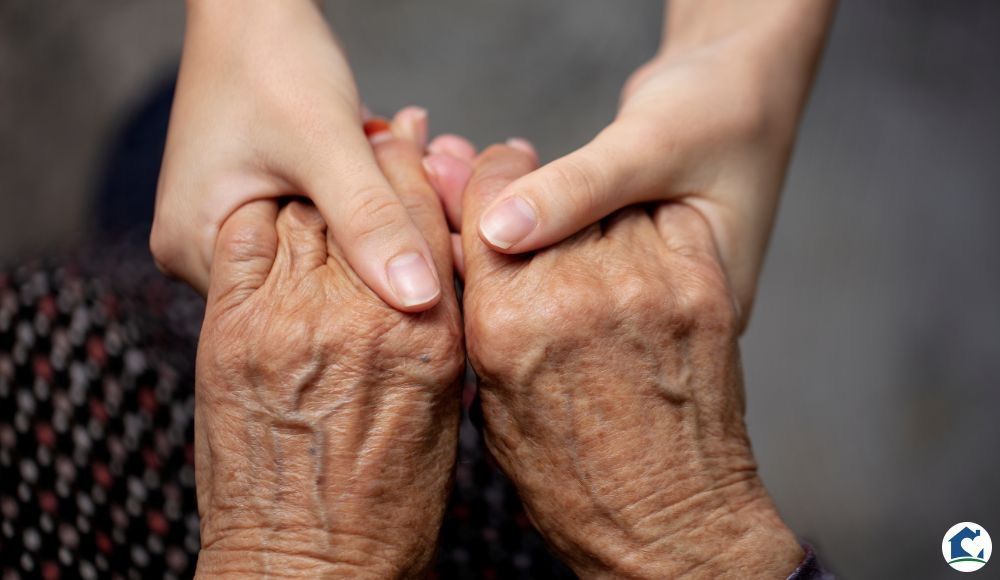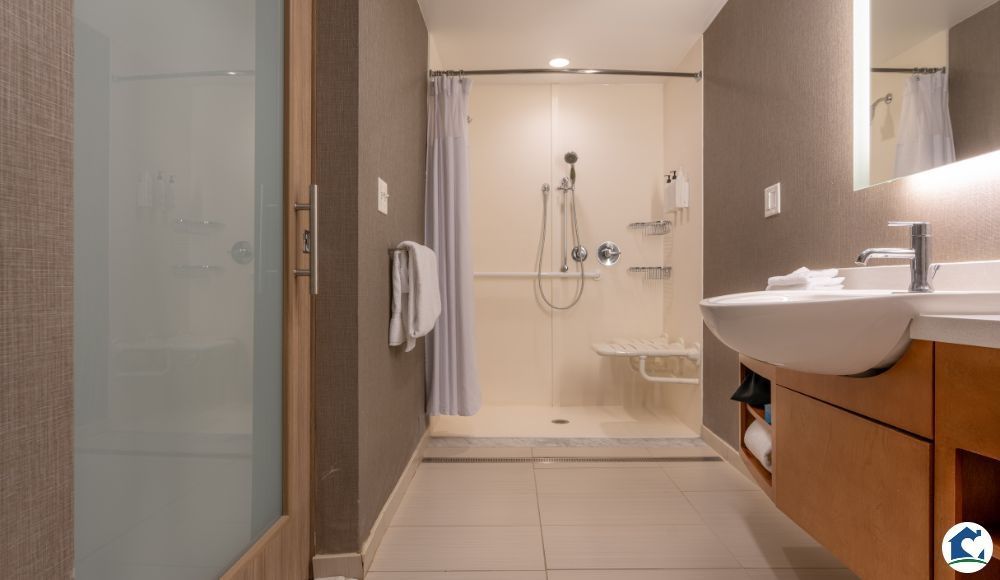Steps to Create an Effective Transitional Care Plan
A transitional care plan ensures that patients move safely and smoothly from the hospital to their homes or another place of care. Patients may not receive the necessary help, struggle to understand follow-up instructions, or become confused about their medications if there is no effective plan in place. All these factors could make it harder for them to recover. By taking a proactive and organized approach, healthcare teams, patients, and their families can work together to create a plan that promotes long-term health.
Collaborating with Healthcare Providers for Tailored Care
Strong provider collaboration is the first step in creating a successful transitional care plan. Social workers, nurses, doctors, and pharmacists all contribute special perspectives on a patient's health and rehabilitation requirements. Clear and consistent treatment recommendations are guaranteed by open communication. Involving patients and their families in the conversation is equally crucial.
When individuals understand their diagnosis, treatment, and follow-up requirements, they can play an active role in their recovery. Tailoring the plan to each patient's medical, cultural, and personal circumstances makes it far more effective than a one-size-fits-all approach.
Addressing Immediate Post-Discharge Needs and Concerns
The time immediately following discharge is usually the most vulnerable time for patients. It's when they often experience issues with mobility, dietary restrictions, or medication schedules. An effective transitional care plan anticipates these problems and offers written materials, contact information, and clear instructions.
Ensuring patients know when and where to attend follow-up appointments helps prevent missed care opportunities. Some individuals may also require in-home support services, such as visiting nurses, physical therapy, or equipment like walkers or oxygen tanks. Addressing these needs upfront gives patients confidence and reduces the stress of returning home.
Reducing the Likelihood of Hospital Readmission
Preventing avoidable readmissions is one of the main objectives of transitional care. In addition to being expensive for healthcare systems, readmissions are also emotionally and physically draining for patients. Providers can reduce complications that frequently result in rehospitalization by ensuring that medication lists are accurate, follow-up care is scheduled, and support services are readily available.
Additionally, regular check-ins—whether by phone, telehealth, or home visits—allow care teams to identify early warning signs of trouble. Empowering patients to monitor symptoms and report concerns quickly creates a safety net that significantly improves outcomes.
Conclusion
Discharging a patient is only one aspect of developing an efficient transitional care plan; another is guaranteeing continuity of care. By fostering teamwork, addressing urgent needs, and focusing on readmission prevention strategies, healthcare providers can facilitate faster recoveries and enhance the quality of life for their patients. Effective transitional care fosters trust, alleviates stress, and ultimately improves the health of patients and their families.
Request a Free In-Home Healthcare Consultation with a Licensed Nurse
Discover how Comforting Home Care by Phoebe can support you or your loved one’s transition from hospital to home. Schedule a complimentary in-home consultation today, and one of our compassionate licensed nurses will visit you anywhere in Berks, Bucks, Lehigh, or Northampton Counties.
Contact us at 610-625-5206 or connect with us online to learn more.












